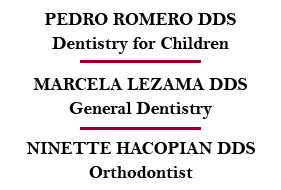
First Dental Visit
Our team is committed to provide your children, gentle, high quality dental care. Our goal is to make your child feel comfortable visiting our office while providing the best care possible.
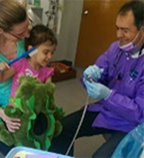

After reviewing each patient’s medical and dental history, a visual exam is performed. The doctor determines whether digital x-rays are necessary or not. A dental cleaning and fluoride application is given to the patient. Oral hygiene instructions are discussed with the parents.


The American Academy of Pediatric Dentistry recommends that the appearance of the first baby tooth is a good indicator for your child’s first dental visit. For most babies, this occurs when they are between six months and one year of age. A simpler way to remember is: first dental visit by first birthday. It’s important to remember that baby teeth serve as placeholders for adult teeth. If baby teeth are damaged, permanent teeth can grow in out of position, resulting in crowding and/or crookedness.


DIGITAL RADIOGRAPHS (X-RAYS)
Children need digital radiographs (X-rays) more often than adults because their mouth grows and changes rapidly. They are also more susceptible than adults to tooth decay. The frequency of X-ray films is determined by the child’s individual caries risk. Children with a high risk of tooth decay require X-ray examination every six months, while children with a low risk of tooth decay require X-rays just once a year. X-rays allow dentists to diagnose and treat conditions that cannot be detected during a visual examination. If dental problems are found and treated early, dental care is more comfortable and affordable.
The amount of radiation received in a dental X-ray examination is extremely small. In fact, dental X-rays represent a far smaller risk than undetected and untreated dental problems. Our digital X-ray equipment and proper shielding ensure that your child receives a minimal amount of radiation exposure.
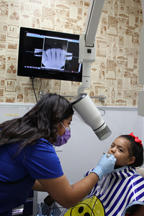
FLUORIDE
Topical fluoride is a preventive agent applied to tooth enamel. It inhibits loss of minerals from enamel and strengthens areas that are weakened. Fluoride also attacks bacteria that cause cavities, discouraging acid attacks that break down the tooth, thus reducing the risk of decay. Fluoride comes in a number of different forms. Gel or foam is placed in a tray, which is then placed against the teeth for one minute. Fluoride may also be used as a varnish which is “painted” on the enamel. This form is especially useful for young patients and for those with special needs who may not tolerate fluoride trays.

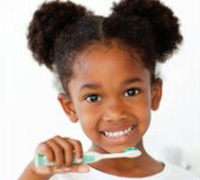
“My kids have been seeing Dr. Romero for the past five years and have grown to enjoy their dental experiences. Dr. Romero and his team have watched them grow and have encouraged good dental habits. We are fortunate that the kids have remained cavity free! Thank you, Dr. Romero and team, for all you have done.” –Tuzon Family

Children's Services
Learn about our children’s oral health services and find out more on how Dr. Romero can help you maintain a beautiful smile!

Special Needs
Dr. Romero welcomes patients with special needs. He has many years of experience treating patients with different conditions.
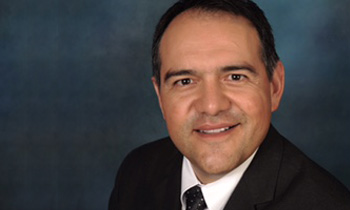
Meet Dr. Romero
Dr. Romero loves children and cares for his patients as if they were his own, and his gentle and quiet demeanor is soothing to each patient.

